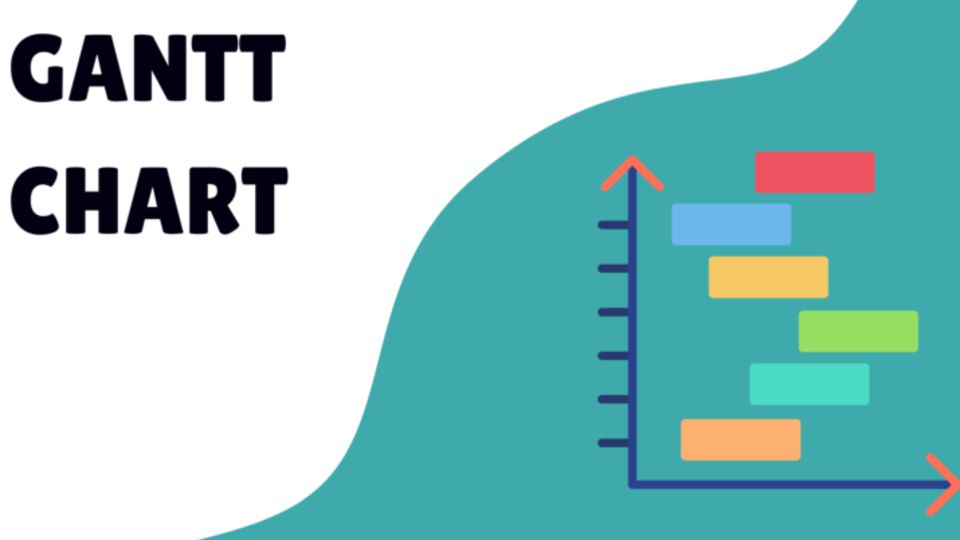Types of Gantt Charts
Gantt charts are a key visual tool in project management, designed to show task timelines, progress, and dependencies in a single view. Traditionally, Gantt charts come in various types to fit different project needs:
- Basic Gantt Charts: These simply display tasks along a timeline. It's the most straightforward type but can lack complexity when dealing with large-scale projects.
- Task-Dependency Gantt Charts: These charts include task dependencies, ensuring that a project’s sequential structure is properly mapped. This type is useful for tracking how the delay of one task affects the overall project timeline.
- Resource-Allocation Gantt Charts: These show how resources (people, time, materials) are assigned to various tasks in the project. They help manage workloads and avoid overallocation.
- Progress-Based Gantt Charts: These charts focus on tracking progress by showing how much of each task is completed against the planned timeline, highlighting any potential delays.
While each type of Gantt chart offers valuable insights for project management, they can be overwhelming without the right tool to streamline their use. This is where Vabro excels.
How Vabro Enhances the Gantt Chart Experience
Vabro’s platform is designed with dynamic Gantt chart capabilities, integrating the strengths of traditional charts while enhancing usability, automation, and real-time updates.
- Automation and Task Dependencies: Vabro automatically updates task dependencies, making sure no task overlap or bottlenecks are missed. As tasks progress, the Gantt chart adjusts in real-time, giving project managers a clear overview without manual updates.
- Resource Management: Vabro's Gantt charts incorporate resource allocation seamlessly, ensuring teams can see where bottlenecks may occur and adjust resources efficiently. This holistic view ensures that no resource is overburdened.
- Team Collaboration: Vabro allows for easy team collaboration directly within the Gantt chart. Team members can update task progress, attach files, and communicate, all from one place. This reduces time spent on back-and-forth communications.
- Progress Tracking: Vabro integrates advanced progress tracking into its Gantt charts, allowing users to visualize project status effortlessly. This ensures better visibility and decision-making for project managers.
Conclusion
While traditional Gantt charts come in different forms to address various project needs, Vabro goes a step further by enhancing these charts with automation, collaboration, and real-time updates. This allows teams to work more efficiently and achieve better project outcomes.
